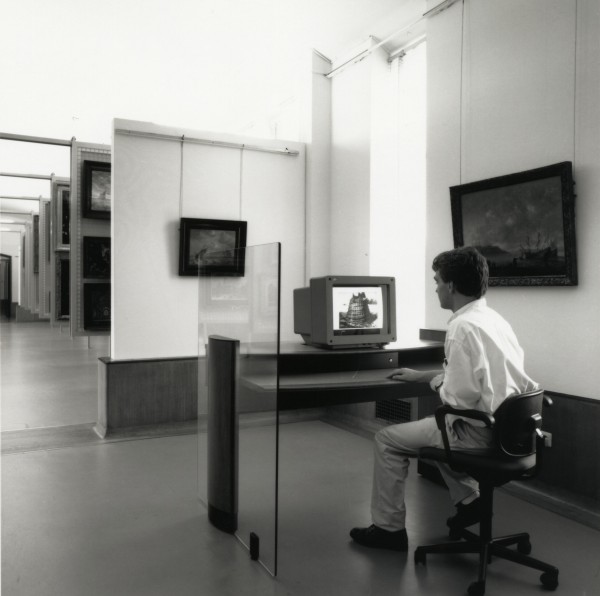Almost a year ago I started my work for the education department. Boijmans (both the collection and the office) was about to move out from its well established beautiful building. Everybody was bracing themselves to continue to work in a very uncertain future. Reading back earlier experiences by others in this blog I am reminded that transitional times like these, raise the importance of sharing knowledge resources within an organisation. If we see Boijmans as a collective of museum workers, how do we retain all their knowledge and the valuable data and content that was accumulated over the years, while going through all these changes?
In the beginning of 2019, one of the first projects I got involved in, set the goal to save the walls of the old museum building in a 360-degree digital space. Even though as a newbie I knew little about the building, I felt a big responsibility in archiving its atmosphere and the final collection presentation, before it closed its doors for at least seven years. My colleagues and I found it important to have at least an online navigable copy of the space where visitors could still get a sense of the museum and its collection.





